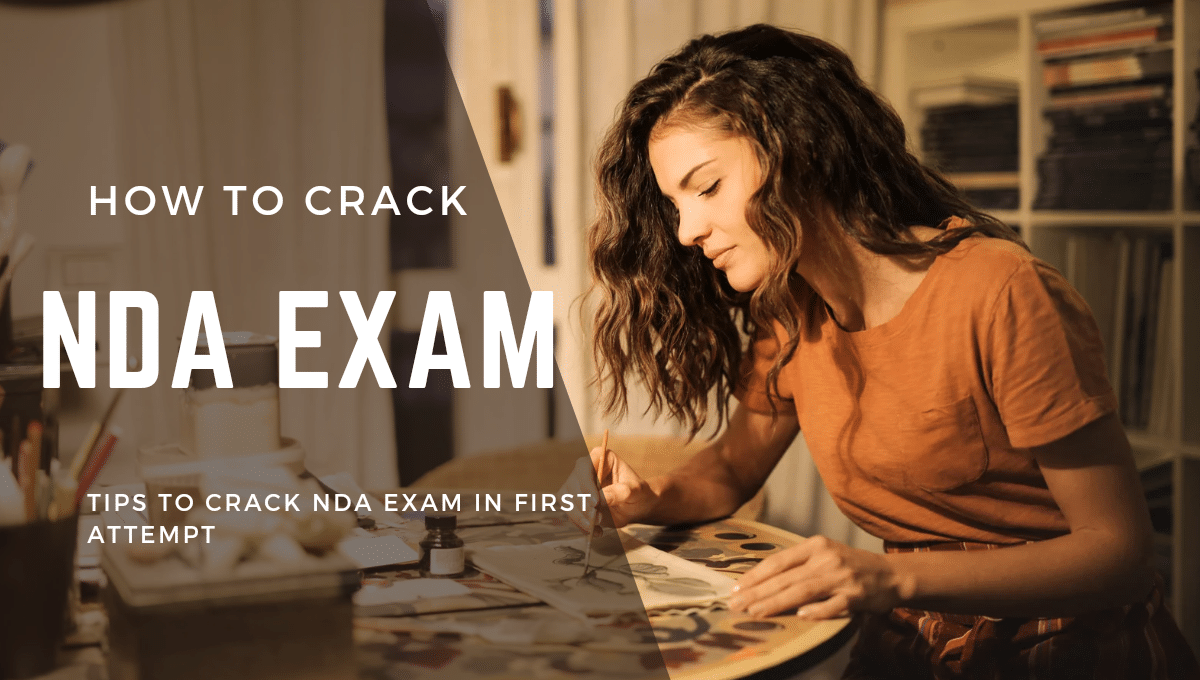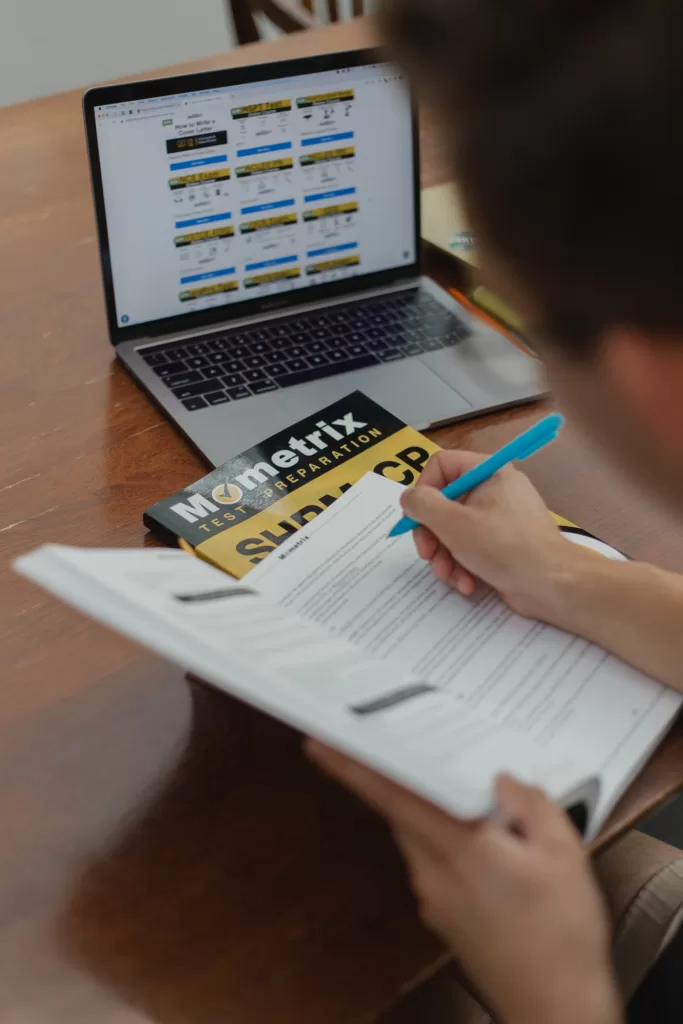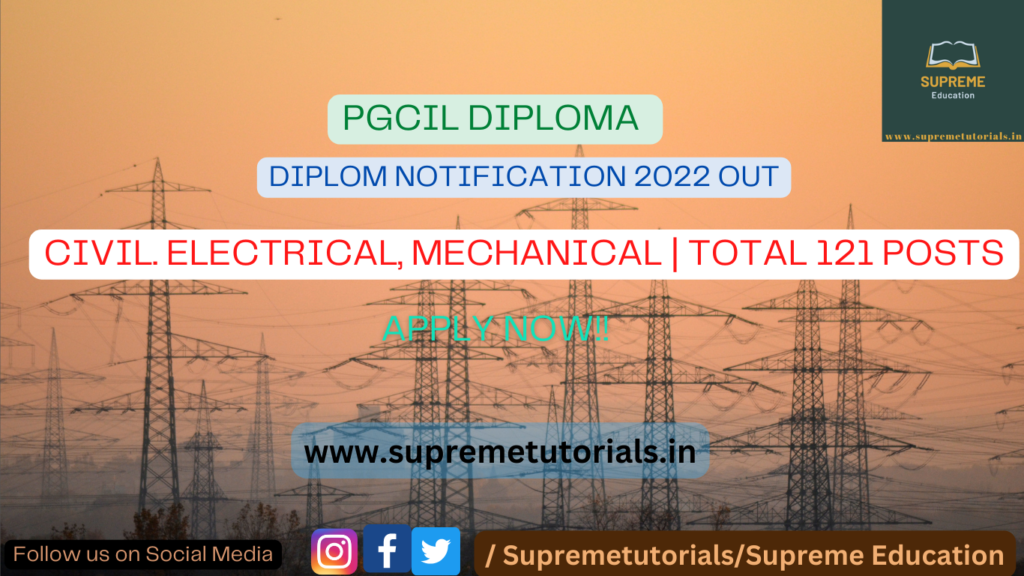Class VIII CBSE boards Science world work sheet| Chapter 1 Metals and Non-metals
In this tutorials you will get to solve and practice Class VIII CBSE boards Science world worksheet, focusing on Chapter 1 of chemistry: Metals and Non-metals. In this comprehensive worksheet, we delve into the fascinating world of elements and their properties, exploring the distinction between metals and non-metals. From the lustrous shine of metals to the diverse reactivity of non-metals, this worksheet is designed to enhance your understanding and knowledge of fundamental concepts in science. Join us on this educational journey as we unravel the mysteries of metals and non-metals together!
Multiple Choice Questions (MCQs):
1. Which of the following can be beaten into thin sheets?
-(a) Zinc
– (b) Phosphorus
– (c) Sulphur
– (d) Oxygen
2. Metals can be drawn into thin wires because they are:
– (a) sonorous
– (b) malleable
– (c) ductile
– (d) dense
3. Which metal is used for making electrical wires due to its high conductivity?
- (a) Copper
- (b) Aluminum
- (c) Zinc
- (d) Iron
4. Which of the following is a property of metals?
- (a) Brittle
- (b) Non-conductive
- (c) Malleable
- (d) Non-lustrous
5. Which non-metal is essential for combustion to occur?
- (a) Oxygen
- (b) Carbon
- (c) Hydrogen
- (d) Nitrogen
6. Which non-metal is used in pencils?
- (a) Sulfur
- (b) Carbon
- (c) Oxygen
- (d) Nitrogen
Fill in the Blanks:
1. Phosphorus is a very ___ non-metal.
2. Metals are _____ conductors of heat and ________.
True or False
1. Generally, non-metals react with acids. (T/F)
2. Sodium is a very reactive metal. (T/F).
Short Answer Questions:
1. Explain why aluminium foils are used to wrap food items.
2. What happens when dilute sulphuric acid is poured on a copper plate?
3 Why do metals generally have high melting and boiling points?
4. Explain the term ‘malleability’ with respect to metals.
5. Name two metals that are good conductors of electricity.
6. What is the difference between ferrous and non-ferrous metals?
7. Describe the reaction of magnesium with dilute hydrochloric acid.
8. Why do non-metals generally gain electrons during chemical reactions?
9. State two properties of non-metals that make them useful in the electronics industry.
10. What happens when iron reacts with oxygen and moisture in the air?
11. Define the term ‘corrosion’ and explain how it can be prevented in metals.
12. Name a non-metal that exists in the liquid state at room temperature






